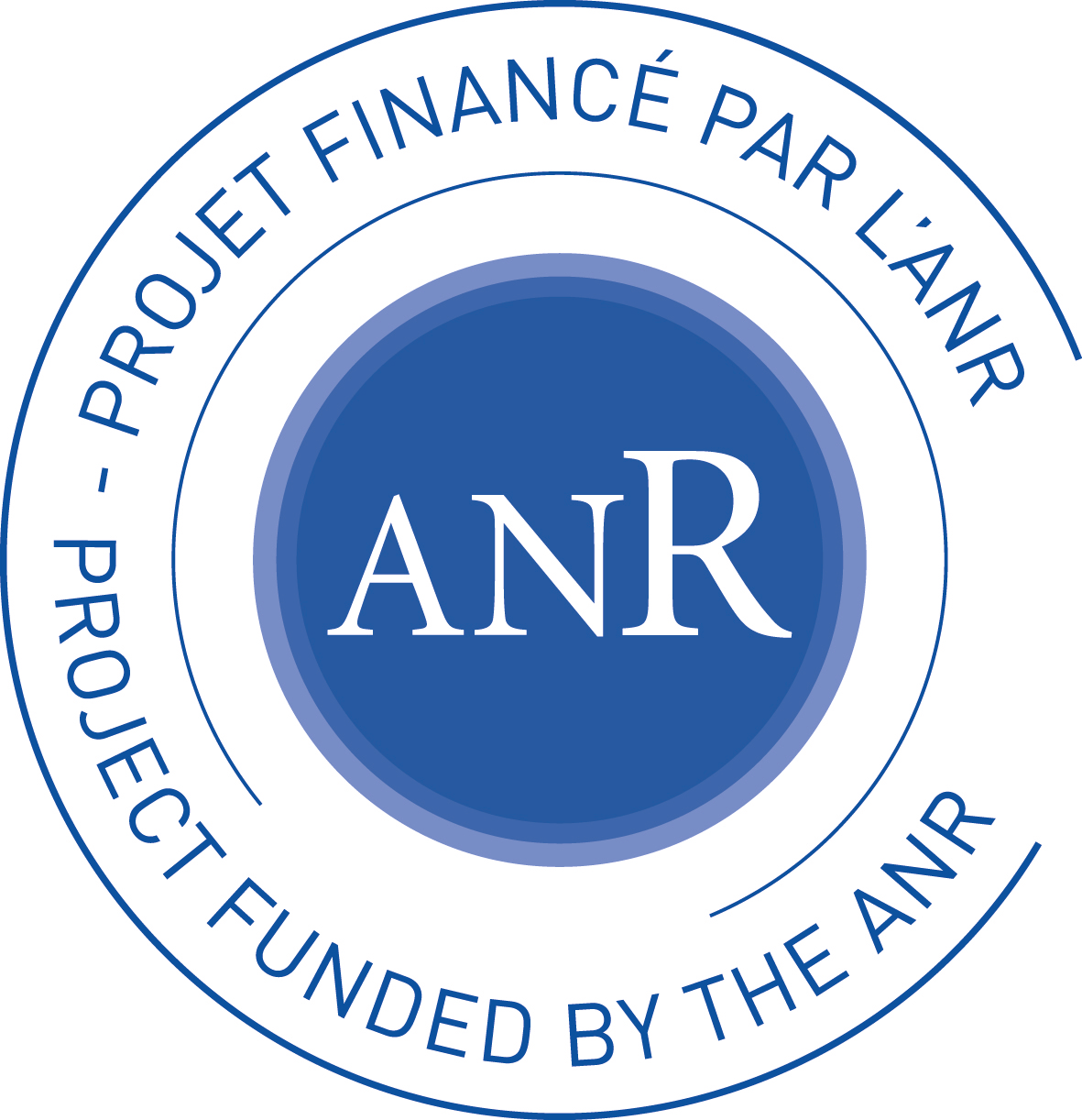
CAP-AM (funded by the French research agency ANR): Assessment and improvement of the dimensional and geometrical capabilities of multi-axis direct deposition additive manufacturing processes (2024-2028)
National project coordinator:
Dr. Sébastien Campocasso
Project partners:
- SIGMA Clermont, Scientific responsible: Hélène Chanal
- University of Mons (Belgium), Scientific responsible: François Ducobu
 |
 |
Abstract
Additive manufacturing (AM) processes by direct deposition are booming in response to a clear industrial need of large rough parts manufactured within tight deadlines, with quantities from prototypes to small batches. Using multi-axis machine architectures allows the fabrication without support material and is thus particularly interesting for metallic parts manufacturing. However, the development of these technologies is held back by the lack of knowledge about the manufactured part quality as a function of the size and the shape of the part, the process parameters (including the deposition trajectory) and the manufacturing cell used (architecture, type and dimensions of the machines/robots). The main objective of the CAP-AM project is to develop “tools” dedicated to dimensional and geometrical qualification of multi-axis AM processes by direct deposition. The project also includes the development of optimisation methods specific to multi-axis AM allowing to improve the robot/machine motions and thus enhance the quality of the part considering its shape. The originality of the project lies in the proposal of entities dedicated to multi-axis AM qualification and in defining trajectory optimisation methods considering both the AM process and the robot used; these two new developments will be done with a strong interaction. The analysis of qualification parts will finally allow evaluating the attainable accuracy for the manufacturing of industrial parts. These parts can also be used as reception tests to qualify the capability of AM cells involved in many industrial fields such as aeronautics, energy, industrial devices, naval, or even civil engineering.
